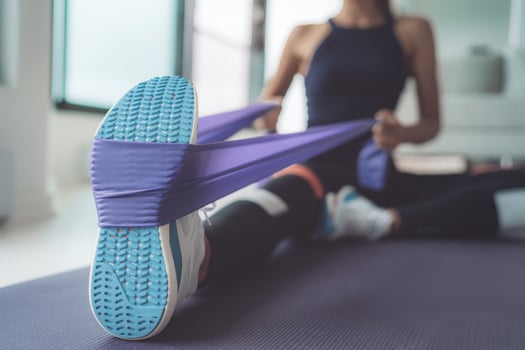
Spinal disc surgery can be beneficial for many patients, especially those who may have tried several nonsurgical remedies without much success. As is the case with any type of spine surgery, you may experience some discomfort after having a microdiscectomy, which is the less invasive form of a traditional discectomy. This article discusses how long you can expect your back to hurt after microdiscectomy surgery.
Weeks 1–2
This is the time when back pain is going to be most noticeable, since the spine is still healing from the removal of disc material and the processes involved with surgery. Minimize back pain during this initial microdiscectomy recovery period by:
• Avoiding potentially painful movements, such as bending, reaching, and lifting
• Not driving, since the jostling could affect your healing spine
• Making an effort to get up and stretch your spine-supporting muscles
• Watching your posture, especially when sitting down
• Using the log roll method to get out of bed so you do not overstress your spine
Weeks 3–4
Back pain should start to subside during this part of recovery. However, you may still experience some occasional back pain. Reduce the risk of sporadic back pain by paying attention to activity restrictions your doctor has given you. Typically, this list includes:
• Avoiding physically demanding jobs, including household chores
• Being cautious with work-related tasks once you return to work
• Not straining when you reach
• Avoiding contact sports
Weeks 5–6
During this time, you may start a physical therapy program if your doctor approves. A customized physical therapy plan can reduce back pain by gently strengthening spine-supporting muscles. You may also be given guidance about exercises you can safely do at home to further ease back pain flare-ups as you recover from your microdiscectomy surgery. Check with your doctor before resuming your normal activities. If you push yourself too far too soon, you could experience back pain again.
Week 6 and Beyond
By the time you arrive at this point, you should not be experiencing much back pain. In fact, you may be completely free of back pain by six weeks post-surgery. Increase your odds of being able to remain pain free after six weeks by:
• Getting regular exercise
• Being mindful of your posture
• Watching what you eat—focus on foods that naturally reduce inflammation, like tomatoes and leafy green vegetables
• Using spine-supporting devices such as a lumbar support belt when necessary to reduce the risk of reinjury or reherniation
• Sleeping on a supportive mattress to ease stress on your spine as it continues to heal
It may also be helpful to check in with your doctor post-surgery from time to time. Even routine checkups can be beneficial as well. It is always best to catch minor issues involving the spine and its supporting spinal discs early.
Pain levels and back surgery recovery time vary among individuals and depend on factors such as disc height and the size of the hole left in the outer ring of the disc after surgery. If the hole in the disc is larger than a standard pencil eraser, the patient has a significant risk of experiencing a reherniation. Patients with a large hole in the outer ring of the disc are more than twice as likely to reherniate after surgery. These reherniations often require additional surgery or even a larger spinal fusion operation. Barricaid is a bone-anchored device shown to reduce reherniations by closing the hole in the disc after a discectomy, and 95 percent of Barricaid patients did not undergo a reoperation due to reherniation in a 2-year study timeframe. This treatment is done immediately following the discectomy—during the same operation—and does not require any additional incisions or time in the hospital.
If you have any questions about the Barricaid treatment or how to get access to Barricaid, you may ask your doctor or contact us at 844-288-7474.
For full benefit/risk information, please visit: https://www.barricaid.com/instructions.


Comments